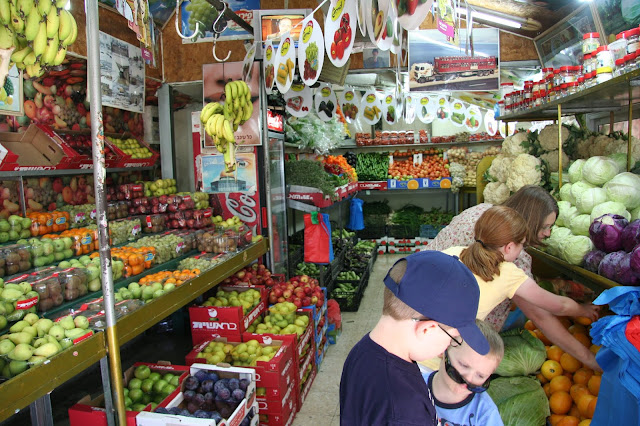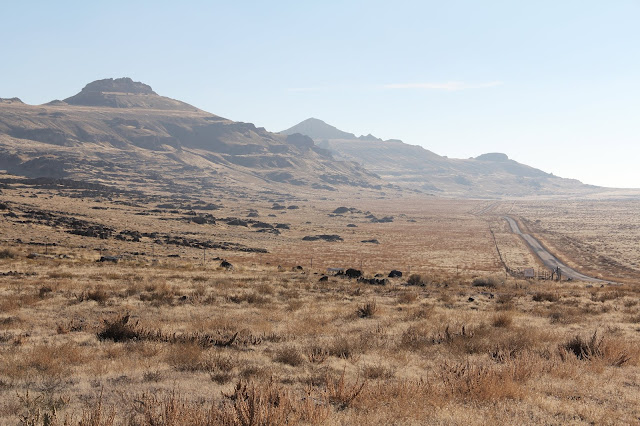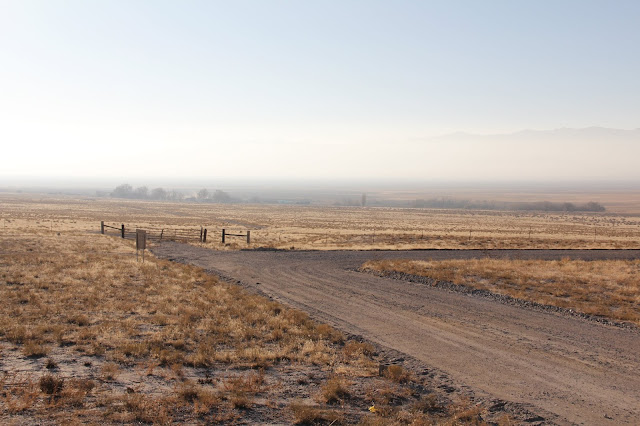
In a major change, The Church of Jesus Christ of Latter-day Saints has revamped its Sunday format for worship. Beginning on the first Sunday of 2019, there will no longer be a three hour block of meetings (Sacrament Meeting, Sunday School, Priesthood/ Relief Society) to attend each Sunday. Instead, weekly sabbath services will be two hours long--a one hour Sacrament meeting will be followed by a 50 minute meeting--Sunday School on the first and third Sundays and Priesthood/Relief Society on the second and fourth Sundays. Yeah! This decrease in religious instruction at church is to be replaced by expanded religious instruction in our homes. Not-so-yeah! A lesson manual has been prepared for families to use in studying the New Testament this year. Here is a link to the on-line manual:
https://www.lds.org/study/manual/come-follow-me-for-individuals-and-families-new-testament-2019/title?lang=eng
What this all means is that there is much less time devoted to the study of the scriptures in church on Sunday. Sunday School is much reduced. Instead, in families with children, parents are expected to hold a Sunday Home School (SHS--my term for how I view this new program). When this program was announced last October, I turned to Marie and said: "Good luck with that!" Meaning good luck trying to gather our two teens each Sunday for a parent lead study of the New Testament. Truth be told, I have always been grateful that others have been assigned to teach our children on Sunday. The teens in particular are much more responsive and respectful of teachers who are not their parents.
 Case in point: Former youth Sunday School Teachers Frank and Clarissa Young (center) happily surrounded (after our Christmas worship service last week) by youth they have taught in Sunday School over the years.
Case in point: Former youth Sunday School Teachers Frank and Clarissa Young (center) happily surrounded (after our Christmas worship service last week) by youth they have taught in Sunday School over the years. Over the past few months I have tried to decide how I can be supportive of this new program and perhaps make it bearable for all involved. I came up with a plan. Given that Will was five and Joel was nine when we lived in Jerusalem for a year, I have decided to jog their memory of the many places we have visited and things we have seen that can aid in our study of the New Testament this year. I plan to blog once-a week with images from our travels in the Holy Land that will augment the lessons in the manual for that week and thus give parents some visual images to talk about and to learn from. I hope these blog posts will be something our children enjoy and something that helps them to better understand the New Testament and the life and teachings of Jesus.
The lesson to study this week and next Sunday (We Are Responsible for Out Own Learning) is an introduction to the year-long program. One section from the lesson that could benefit from some Bible images is this:
One
great way to help your family prepare to learn from the New Testament
this year is to review the parable of the sower. Your family might enjoy
looking at different kinds of ground near your home to visualize the
types of ground described in the parable. What can we do to cultivate
“good ground” in our home? (Matthew 13:8).
Here are some images of types of ground in the Holy Land:
On a March 2010 walk from the Mt of the Beatitudes (commemorated by the Mussolini commissioned Church) down to the shore of the Sea of Galilee we saw three types of ground mentioned in the Parable of the Sower. Notice the banana grove where blue plastic bags are placed over the ripening bunches of bananas.
Way Side
Good Ground with wheat recently machine cut by Israeli farmers.
All three.
Sea of Galilee (Lake Kinneret), plain of Magdala, Mt Arbel and the Horns of Hittin in the distance.
Sea of Galilee (Lake Kinneret), plain of Magdala, Mt Arbel and the Horns of Hittin in the distance.
Good ground in the Valley of Elah (May 2010) where David slew Goliath. Tomato plants with drip irrigation (invented by Israelis) and plastic sheeting to hold in the moisture.
A stony, way side in the Valley of Elah. Lots of stones for slinging.

Wheat in the Valley of Elah. May 2008.
Israelites to the left, Philistines to the right.
Wheat and thistles.

Wheat in the Valley of Elah. May 2008.
Israelites to the left, Philistines to the right.
Wheat and thistles.
Anemones (lilies of the field) blooming in a stony place (February in the Shephelah at Beit Shemesh).
Stony Places. Rocky ground (limestone) and olive trees in Shepherd Fields north of Bethlehem.
Palestinian homes and agricultural land in May 2010 (photo taken from atop the Herodium) in the hills of Judea to the southeast of Bethlehem and near Tekoa--home town of the prophet Amos. Notice the olive orchards and the fertile fields surround by rocky places. The Dead Sea and the hills of Moab are in the distance. The area from these homes down to the Dead Sea is part of the Judean Wilderness which is a rain shadow and not very conducive to the sowing of crops due to the lack of rain.
Central Galilee with Arab town of Arraba surrounded by farm land and olive orchards growing in the rich terra rosa soils littered with limestone rocks.
Stony land and way side in the Galilee between Nazareth and Turan (1989).
Palestinian green grocery on the Mount of Olives at "Crash Corner". Huge cabbage and cauliflower. 2010
"And brought forth fruit, some an hundredfold, some sixtyfold, and some thirtyfold."
Fruits of Jericho, 1982.
Fruits of Nazareth 1989.














































































































